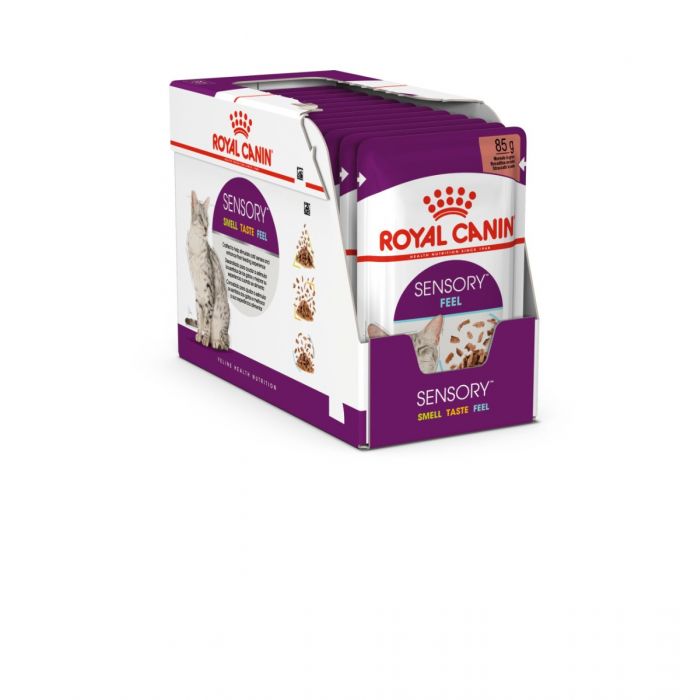Why cats are fussy eaters
Many cats fussy eaters and surprisingly picky about their diet. With only 470 taste buds compared to a human’s 9,000 a cats’ sense of taste in food is very selective.* So you may find your cat will turn their nose up at food that doesn’t tantalise their taste buds or lacks nutrition.
It can be stressful if your cat is refusing to eat their food, but there are things you can do.
Potential causes of picky eating
The first step is to examine any underlying factors that may be the culprit:
- Medical Problems. A change in appetite can be a red flag for general health, especially if your cat also seems unwell and has only recently become much more fussy. It’s therefore best to speak to your vet if you’re at all concerned about your pet’s eating habits. This can rule out any underlying medical issues that may be the problem.
- Environmental Factors. If medical factors are ruled out, environmental issues such as stress, living in a multi cat household and disliking the location or proximity of their food, water bowls and litter tray could be affecting their eating habits. Many cats are not keen on eating their food too close to their litter tray and this can be off putting to the extent that it discourages eating altogether. It’s common for owners to place food and water bowls very close together but cats prefer to have their water bowl in a different location. In multi cat households, cats should generally not be fed in the same vicinity to limit mealtime stress.
- Temperature Effects. Canned food that is straight out of the fridge can be unappetising for cats. Because they use their sense of smell so keenly when approaching food, warmer food is more appealing to them. Room temperature is preferable when serving food for your cat.
Changing your cat’s diet
If there is no medical or environmental reason for your cat refusing their food, perhaps a change in their diet could help to excite their senses!
When it comes to their diet, cats have an instinct for new experiences, for diverse aromas, textures and tastes – which is believed to enable them to diversify their diet and achieve a better nutritional balance.
Royal Canin Sensory is a range of sense-nourishing cat wet food pouches with three distinct variations: SMELL, TASTE & FEEL.
Royal Canin Sensory Smell is specially designed with an aromatic profile to stimulate and appeal to your cat’s powerful sense of smell.
Royal Canin Sensory Taste is specially crafted with savoury flavours to appeal to your cat’s distinctive sense of taste.
Royal Canin Sensory Feel is specially formulated with unique textures to stimulate your cat’s sense of touch through mouthfeel (the sensation that food stimulates).
Tip: Mixed feeding both wet and dry food gives your cat a variety of textures, helping to stimulate their appetite even more. A diet that is a mixture of wet and dry food is also a good option for fussy eaters.
New foods should be introduced very gradually, usually over a 7-day period, starting with just a small spoonful of new food mixed in with their usual food, building up the mix of old vs new food from there. Follow this guide How to introduce new food to your pet for tips and a feeding schedule.
Making sudden changes to your cat’s diet can lead to stomach problems, as well as causing them stress from the variation. If you’re in any doubt, talk to your vet before making changes to your cat’s diet.
* Source: Royal Canin


